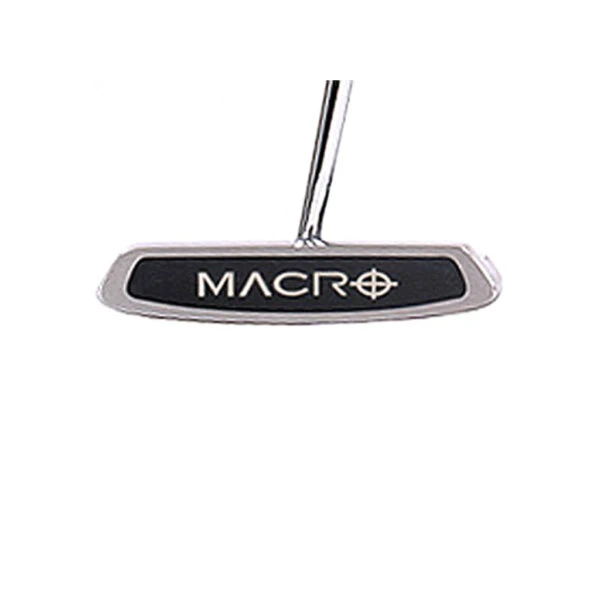
In the quest for a more effective and consistent golf swing, many players have turned to the concept of 1 Plane Golf. This swing philosophy simplifies the mechanics of your golf game by focusing on a single plane of motion, aiming to make your swing more efficient and repeatable. If you’ve ever found yourself struggling with swing inconsistencies or looking for a more straightforward approach to your game, understanding 1 Plane Golf might just be the breakthrough you need.
What is 1 Plane Golf?
1 Plane Golf is a swing technique that emphasizes keeping your swing on a single, consistent plane throughout the entire motion. This approach contrasts with the traditional 2-plane swing, where the club moves on different planes during the backswing and downswing.
The core idea behind 1 Plane Golf is to streamline the swing mechanics by aligning the club\'s path and the golfer’s body movements on the same plane. Here’s how it works:
Backswing and Downswing Alignment: In a 1 Plane Golf swing, the club head moves on a single plane that mirrors the angle of your shoulders and arms. This alignment helps maintain a consistent swing path, reducing the likelihood of compensatory movements and swings faults.
Simplified Body Motion: By focusing on a single plane, 1 Plane Golf reduces the complexity of your body’s motion during the swing. This often leads to a more natural and fluid swing, with less need for intricate adjustments.
Why Choose 1 Plane Golf?
Increased Consistency: One of the primary advantages of 1 Plane Golf is its potential to improve swing consistency. By limiting the number of moving parts and maintaining a single plane, you reduce the risk of swing deviations that can lead to inconsistent shots.
Simplified Mechanics: Many golfers find that a 1 Plane Golf swing feels more natural and intuitive. The streamlined mechanics can make it easier to replicate your swing on the course, leading to more reliable results.
Reduced Swing Faults: The 1 Plane Golf approach can help minimize common swing faults, such as slicing or hooking. By maintaining a consistent plane, you’re less likely to introduce errors into your swing path that could affect your shot accuracy.
Better Ball Contact: With a more consistent swing plane, you’re likely to make better contact with the ball. This can lead to improved distance and accuracy, as well as a more solid feel at impact.
How to Implement the 1 Plane Golf Swing
Transitioning to a 1 Plane Golf swing involves adjusting your setup and swing mechanics. Here are some key steps to help you incorporate this technique into your game:
Adjust Your Setup: Start by aligning your body and club on a single plane. This means that your shoulders, hips, and knees should be aligned with the plane of the club shaft. This alignment helps set the stage for a consistent swing motion.
Focus on a One Plane Backswing: During your backswing, keep the club head on the same plane as your shoulders and arms. This means avoiding excessive lifting or dropping of the club, and instead maintaining a smooth, linear motion.
The 1 Plane Golf swing offers a streamlined approach to improving your golf game by focusing on a single, consistent swing plane. By simplifying your swing mechanics and reducing the complexity of your motion, you can achieve greater consistency, better ball contact, and improved performance on the course. If you’re looking for a more straightforward path to a better swing, exploring the principles of 1 Plane Golf could be the key to unlocking your full potential.

